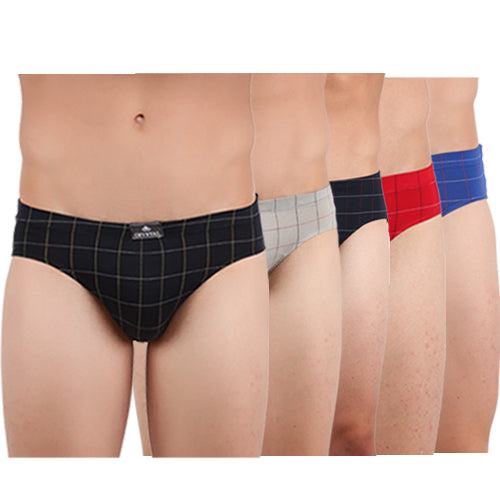The Future of Comfort: Innovative Fabrics and Eco-Friendly Materials
Comfort is no longer a one-size-fits-all concept. Today's consumers demand clothing that feels good on their skin, their minds, and the planet. That's where the exciting world of innovative fabrics and eco-friendly materials comes in, shaping the future of comfort with sustainability in mind.
Beyond Cotton: Embracing Natural & Recycled Alternatives:
Organic cotton reigns supreme in the eco-conscious realm, but the future holds even more possibilities. Hemp, known for its durability and minimal water usage, is gaining traction. Bamboo, naturally soft and antimicrobial, is another star player. Recycled polyester, made from plastic bottles, offers a second life to waste while retaining comfort and performance qualities.
Innovation Takes Center Stage:
Technology is weaving its magic into fabrics, too. Think temperature-regulating materials that keep you cool or warm as needed, self-cleaning finishes that minimize laundry, and moisture-wicking properties that ensure dryness during workouts. Imagine clothes that adapt to your body temperature and activity level, maximizing comfort throughout the day.
Biofabrication: Nature's Answer:
The future might hold fabrics literally grown from nature. Biomimicry is paving the way for garments made from spider silk proteins, seaweed fibers, or even mushroom mycelium. These natural materials offer exceptional strength, breathability, and biodegradability, making them incredibly eco-friendly.
Sustainability Stitched In:
Comfort extends beyond the feel of the fabric. It's about knowing your clothes were made with ethical practices and minimal environmental impact. Look for brands that use certified organic materials, transparent supply chains, and fair labor practices. Support brands that minimize waste by upcycling or using closed-loop production systems.
The Future is Collaborative:
The road to a truly comfortable and sustainable future involves collaboration. Scientists, designers, and consumers must work together to develop and embrace innovative materials that prioritize both well-being and the planet. By supporting sustainable brands and staying informed about new developments, you can be a part of this exciting journey.


